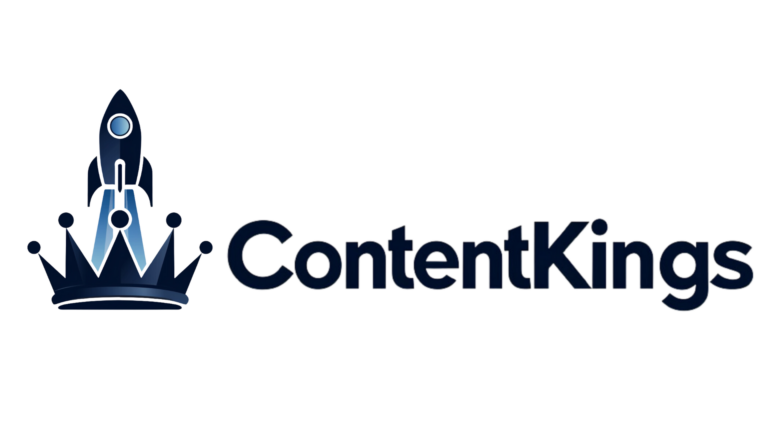How to Successfully Implement AI: A Pace-Matched Guide That Matches Your Learning Speed
Successfully implementing artificial intelligence in small businesses requires a methodical, phased approach that adapts to your learning pace. According to recent research by Codiste, businesses that implement AI through a structured, pace-matched approach are 3.2x more likely to achieve their automation goals compared to those rushing implementation.
This comprehensive guide will address four critical questions about AI implementation:
• How do you choose an AI implementation approach that matches your current knowledge and time constraints?
• What strategies ensure smooth team adoption of AI without resistance?
• What training and support structures are essential during the AI transition?
• How can you maintain AI knowledge within your company without external dependencies?
Choosing the Right AI Implementation Approach for Your Knowledge Level
The path to successful artificial intelligence for small businesses begins with understanding your starting point. The research suggests three distinct implementation tiers based on experience:
For beginners (1-3 months):
• Focus on no-code AI platforms
• Implement basic task automation
• Use pre-built AI solutions
For intermediate users (3-6 months):
• Customize existing AI solutions
• Combine multiple AI tools
• Create basic workflows
For advanced users (6+ months):
• Develop custom AI solutions
• Create complex automation workflows
• Integrate across multiple systems
Ensuring Smooth Team Adoption of AI Technology
Getting your team on board with AI requires strategic communication and inclusive implementation. As a leading AI agency, we’ve observed that successful adoption hinges on:
Clear Communication:
• Share specific benefits for each team member
• Demonstrate how AI assists rather than replaces
• Provide regular progress updates
Inclusive Implementation:
• Involve team members in tool selection
• Create departmental AI champions
• Celebrate early wins publicly
Essential Training and Support Structures for AI Transition
Research from BotPress indicates that comprehensive training and support are crucial for how to utilize AI effectively. Key components include:
Training Elements:
• Basic AI literacy programs for all staff
• Tool-specific training for power users
• Regular skill refreshers and updates
Support Framework:
• Internal knowledge base development
• Peer learning groups
• Vendor support resource access
• Regular assessment and feedback loops
Maintaining Internal AI Knowledge and Reducing External Dependencies
To ensure your small business AI implementation remains sustainable, focus on knowledge retention through:
Documentation Strategies:
• Create detailed process documentation
• Build internal expertise through mentorship
• Develop standard operating procedures
Sustainable Implementation:
• Select platforms with comprehensive documentation
• Create internal training materials
• Establish knowledge-sharing protocols
Conclusion
Successful AI implementation depends on matching the pace to your organization’s capabilities while building sustainable internal knowledge. Remember these key actions:
• Start with a well-defined pilot project aligned with your skill level
• Document processes thoroughly from day one
• Create internal champions for adoption
• Build knowledge-sharing into your implementation strategy
Ready to begin your AI journey? As your trusted AI agency, we’re here to guide you through each step of the implementation process.










